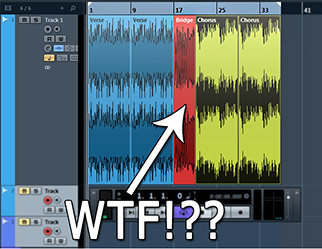First off, you should know that this article isn’t about any kind of secret formula or insider knowledge about how to make it in the music industry. In fact, you should be wary about reading any advice that claims to have… “the secret”.
Fact is that there are a lot of variables at play that determine who makes it and who doesn’t. A lot of these variables are random, and out of your control. But some variables are in your control and I’ve come to see time and again from artists and bands that somehow find a way out of obscurity (even if for a brief moment in time). You should know what you can’t control first. You can’t control things like cultural zeitgeists (what becomes new and cool, seemingly over night), nor can you control fortuitous happenstance (some A&R guy just happened to be at your performance, and happened to actually be listening, and happened to not be too drunk/just drunk enough to enjoy your act). Many artists often trace back their early success to such “lottery-winning” moments and can take no credit to such random success beyond simply buying a ticket along with the millions of others who also bought tickets.


